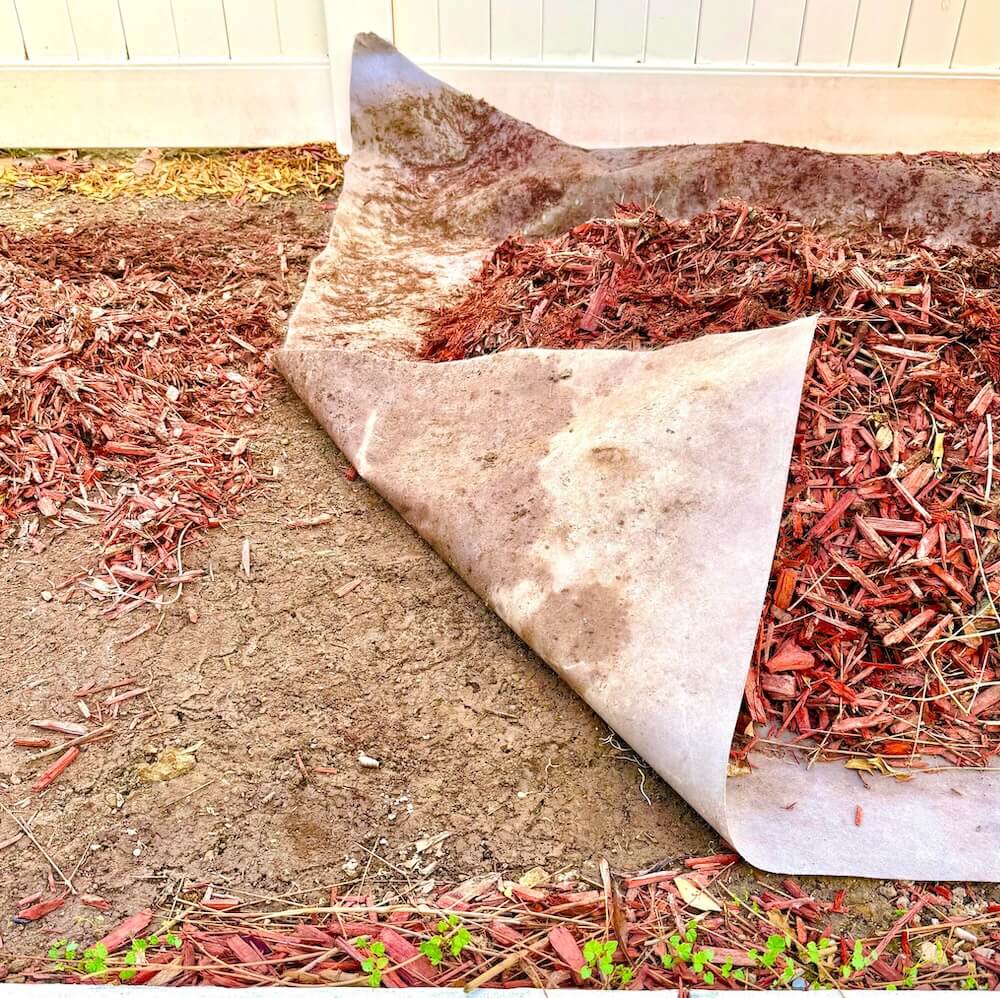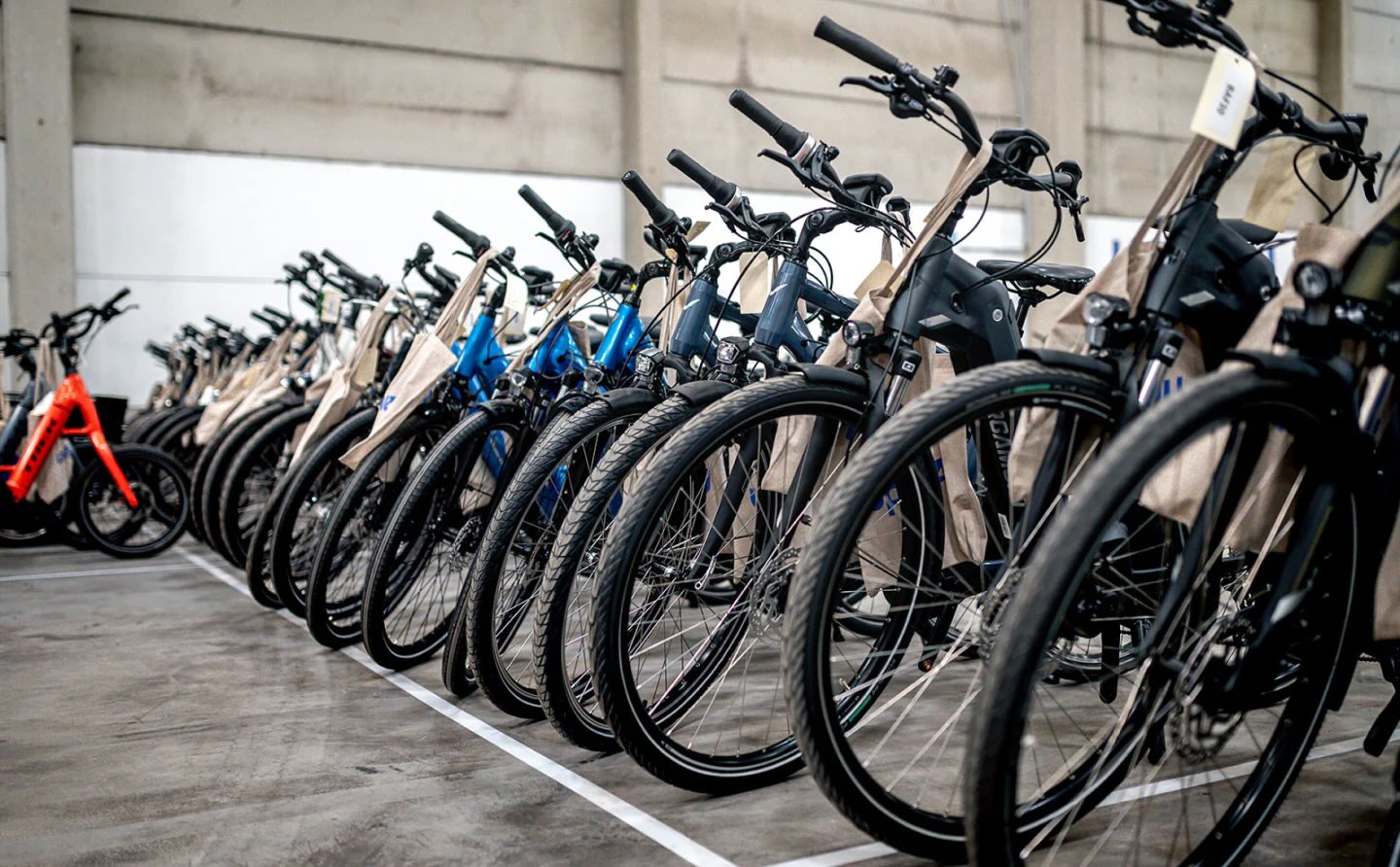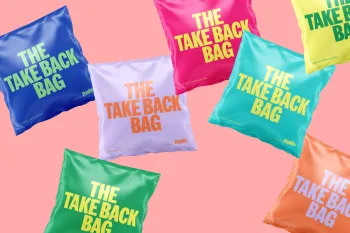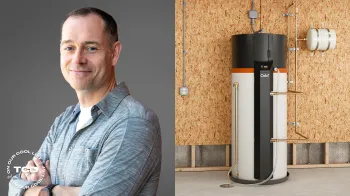New homeowners often have to deal with past mistakes made by previous owners, and one of the most common headaches is landscaping fabric.
"Today I removed the environmentally unfriendly weed-barrier fabric from my garden," wrote one new homeowner in a post on the subreddit r/gardening. The homeowner described it as backbreaking work before sharing images of the process.


Removing the fabric took the homeowner an entire day, but they said they felt good when it was finally done, writing, "I'm happy knowing my garden soil can now breathe normally."
Landscaping fabric is often recommended to help control weeds and reduce soil erosion, but the costs far outweigh the benefits of this once-popular landscape management tool.
The truth is that often landscaping fabric just doesn't do what it is meant to. Lots of weeds have seeds that are airborne and can travel long distances. The seeds then anchor on top of the fabric and grow their roots down through it, while others do manage to push up through, especially as the fabric breaks down over time.
The fabric also creates a barrier between the soil and the air and can prevent water from getting into the soil, leading to compacted soil that is in poor health. Additionally, the fabric is made of plastic, which leaches chemicals and microplastics into the soil — something that is not only bad for the soil but can also impact human health.
Watch now: Giant snails invading New York City?
Installing a native plant garden is a much better way to reduce the time and money spent on gardening. Once established, native plants need very little maintenance because they are adapted to local conditions, and they typically have the added benefit of supporting local pollinator populations. That is also important because we need pollinators for food production, and the expansion of towns and cities, often with pesticides in use, has meant their populations are in decline.
If you aren't quite ready to rewild your yard, you could also dedicate a small corner of your yard for native plants and still reap some of the benefits, or you could consider upgrading your lawn to a more natural one using traditional grass-replacement plants like clover and buffalo grass. These plants don't need gallons of water like traditional lawns, and they also support bees, which is a win-win situation.
"When I worked landscaping, that stuff was the bane of my existence. It doesn't stop weeds," wrote one commenter.
Another commenter in a similar situation added, "I'm gonna need to do that this spring. Not looking forward to it but this is inspiring!!"
TCD Picks » Upway Spotlight

|
What's the hardest thing about taking care of your yard? Click your choice to see results and speak your mind. |
Join our free newsletter for easy tips to save more and waste less, and don't miss this cool list of easy ways to help yourself while helping the planet.


















